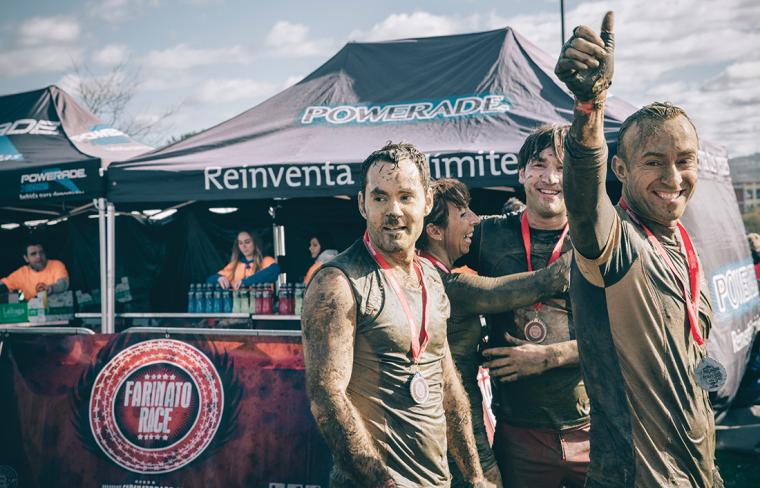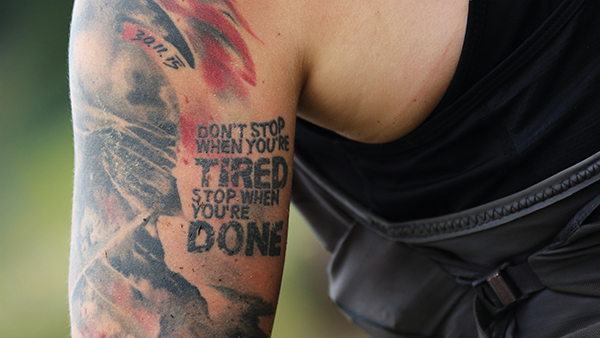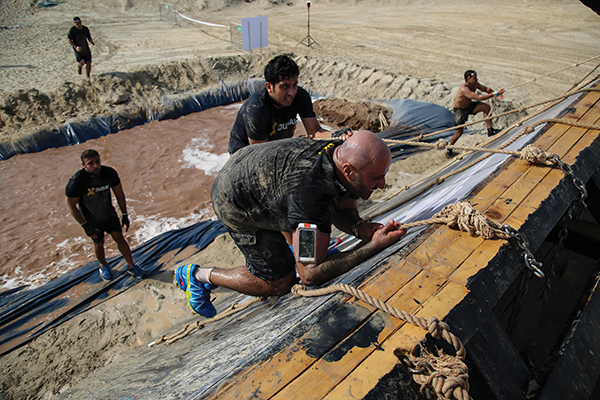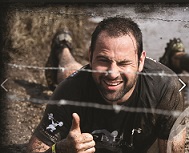
Like the courses that define it, the sport of obstacle course racing (OCR) has navigated a series of challenges over the past few years. Matt B. Davis of Obstacle Racing Media returns to the pages of SDM to provide an inside view of the sportís evolution, its changes and some of the developments and trends shaping it.
Emerging from the Pandemic

Like every other sport starting in 2020, we went through a period when there were hardly any races at all. Everyone in the OCR industry was convinced that when things reopened, we’d see an immediate spike in participation from the pent-up demand. That hasn’t really happened yet and in fact, I’m not sure the industry will ever return to the pre-pandemic numbers.
We can compare this phenomenon to other sports; for example, running hasn’t gotten back to its original numbers yet, at least not in terms of participation in commercial races. And while there may have been a lot of people who started running for exercise when gyms were closed, their interest in competing may not be as strong. I think a lot of people who were running, and who had been participating in races, realized they didn’t really have to sign up for a race, for example; they could just run whenever they wanted and keep track of their mileage and their time with their smartwatch.
The obstacle racing industry is starting to see some good signs, though, and I think it means we’re on the way back. I was at a recent Spartan Race in Georgia, and it had about 8,000 finishers. It happened to be held on a cold day and that might have deterred some people from showing up but seeing that many people lining up, despite the weather, was very positive.
The Bandwagon Effect
From about 2010 to 2015, when the sport was still relatively new, we had an absolute glut of events on the market. People saw how popular the sport was and decided to put on their own races, since that looked like a great way to make money and get some attention.
Unfortunately, unlike some of the more established companies, like Spartan or Tough Mudder, these people had no idea how to go about putting on a race, much less setting up a course. There were some bad events that were produced and some that weren’t produced at all (despite the fact that organizers had taken people’s registration fees).
As a result, we had a market correction from about 2016 to 2018, when a lot of the bad actors got out of the industry and/or went out of business. It was in those years leading up to the pandemic that we saw things start to settle down, and we had healthy numbers in participation and a good number of races on the market. Athletes had figured out who put on legitimate races and who they could trust to give them a good experience.
It’s not actually a unique situation; for example, when theme races first became popular, they were being held every weekend and people just got tired of them. In addition to being overpriced and many times, not organized very well, there were so many of them being offered that the market was oversaturated.
Current Trends

Earlier, we talked about the fact that people hadn’t returned to obstacle racing the way we’d originally thought they would. Part of the reason is that some of those athletes have gravitated to other forms of fitness. Some started using functional fitness, for example, but other programs have emerged as well and those need to be mentioned.
For example, we’re starting to see a big spike in what is called hybrid racing or fitness racing. It’s typically an indoor event that combines running with functional fitness. Two examples of brands on the market right now are HYROX and Deka Fit. Deka Fit is actually a Spartan product, so it’s not surprising we’re seeing a lot of people move toward that from obstacle racing.
Because these are indoor events, they tend to match many people’s gym experience, whether they go to CrossFit, Organetheory or their local YMCA. And like some of those programs, there are leaderboards that allow people to check how they’re doing and compare themselves to their friends or to others in different gyms. It’s a way of establishing camaraderie and of encouraging people to be their personal best. And, of course, since it’s indoors, you don’t have to worry about the weather.
Parkour
Parkour, or freerunning, is something we’re asked about occasionally; the question comes up as to whether our OCR athletes do that as well, or whether they have moved over to that since 2020. I don’t really see that; I think it’s very different from OCR, although of course, they’re both about finding ways to challenge yourself.
Modern Pentathlon and Obstacle Racing
Last year, the news came out that the Olympic sport of modern pentathlon was getting rid of its equestrian component and replacing it with OCR. The immediate reaction from the OCR community was mostly negative. Many felt that the obstacle racing in the Olympics would look nothing like the sport we have today as it would be standardized and sanitized down to unrecognizable levels.
That is pretty much what has come to pass. We have seen the course the International Modern Pentathlon Union (UIPM) has settled on and it really does not resemble what OCR is doing. It’s actually more like the courses used in American Ninja Warrior, and it has not been embraced by this sport. While there are OCR athletes who train in ninja gyms, those gym courses have nothing resembling the obstacles OCR athletes are competing on in races.
The Continuing Popularity of OCR
While it’s true that OCR has not regained its pre-pandemic numbers or the TV coverage it enjoyed at one time, it would be a mistake to characterize it as troubled or threatened (or in any way endangered). I don’t think the sport is going away any time soon. It’s difficult to explain why obstacle racing has the appeal it does, but its growth is most likely attributable to a combination of factors.
Obstacle racing is a challenge. It taps into something primal – the need to get outside and explore the world and do something physically challenging. It gets you dirty, it makes you work hard and when you’re done, it brings a sense of accomplishment. It also leads to increased physical fitness, something OCR athletes are always working on. If your kids want to get into it, they can; Spartan, for example, hosts a youth race and they always get a couple hundred kids.
The two largest brands in the industry, Tough Mudder and Spartan, have succeeded because they operate on two separate philosophies. Tough Mudder is all about getting out and challenging yourself and your friends and having a great time doing it. Spartan is a timed race and it’s more competitive. But both of them offer a kind of workout people can’t get everywhere. I think people want to get out and challenge themselves different ways, and as long as that mentality is around, OCR will be around. SDM

